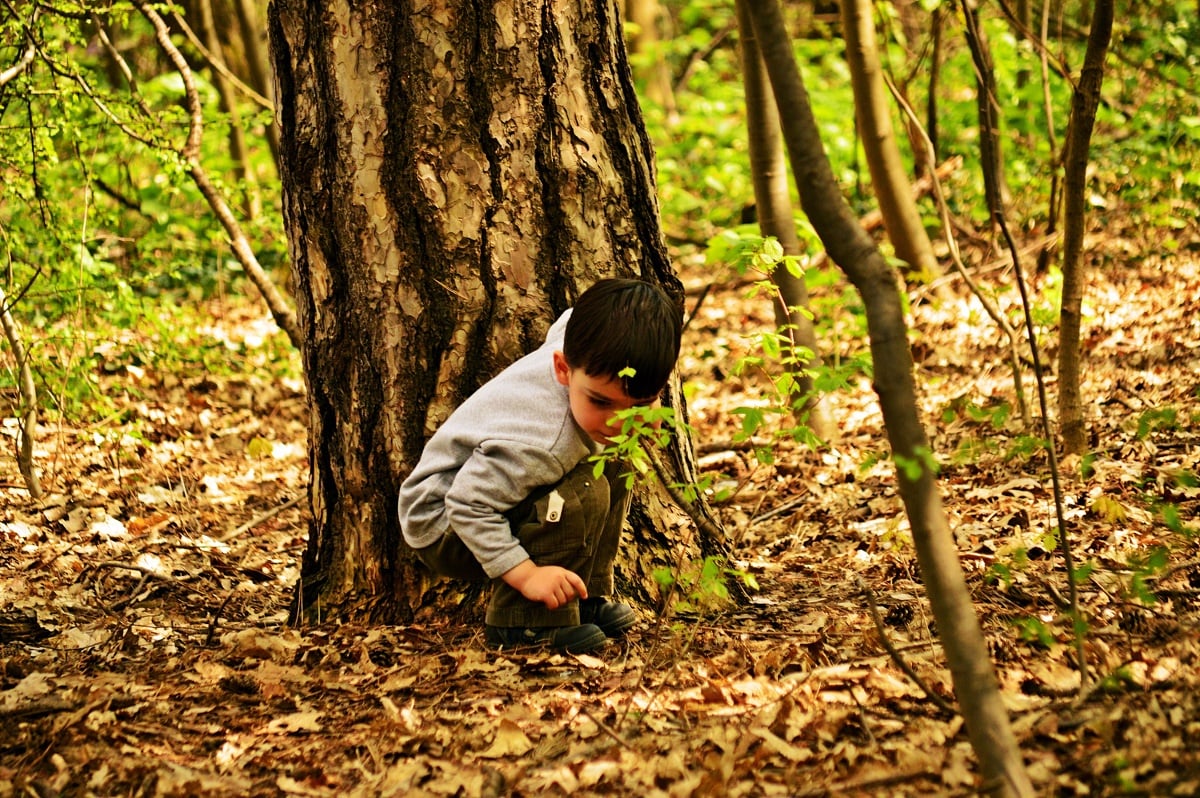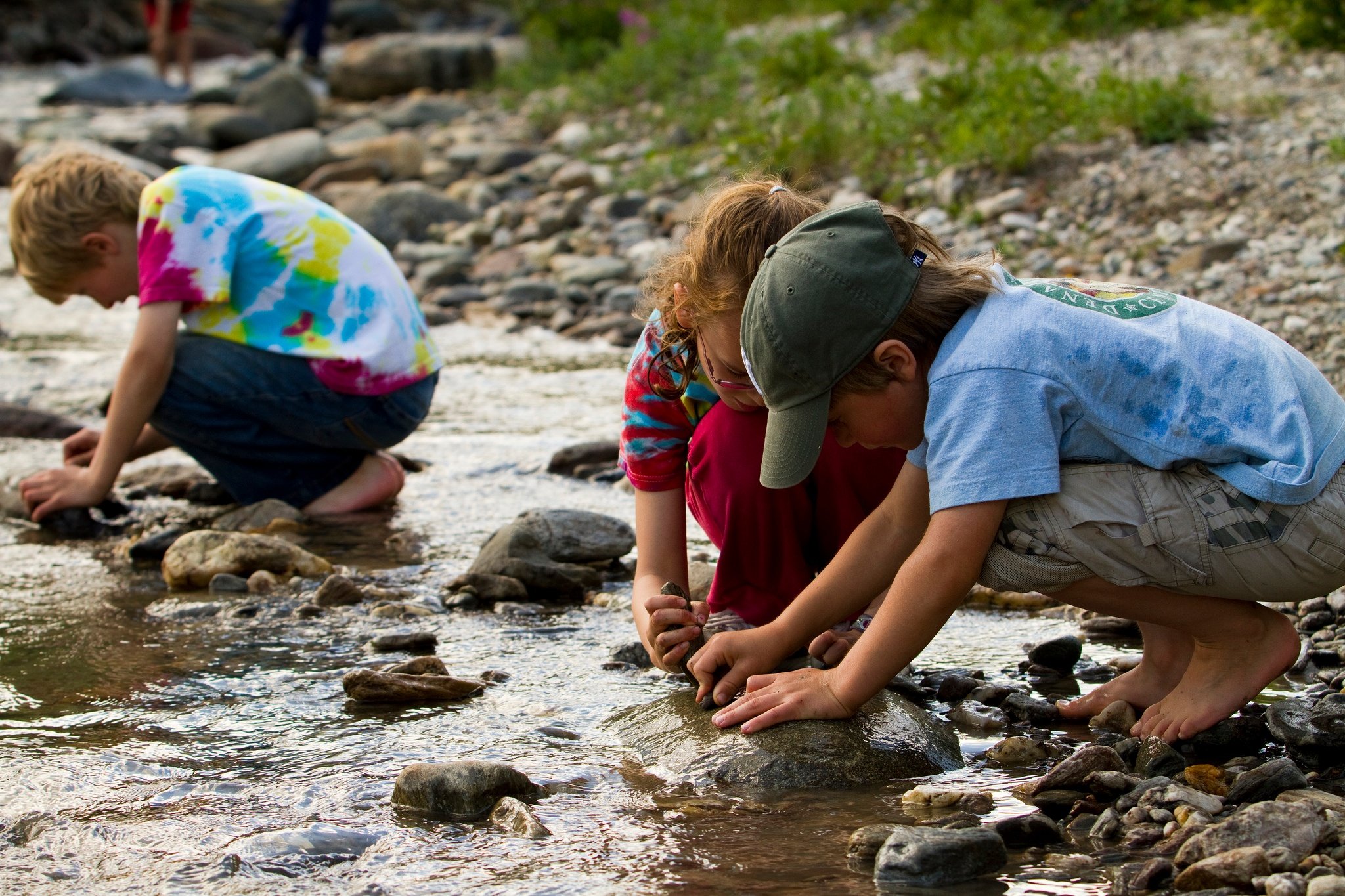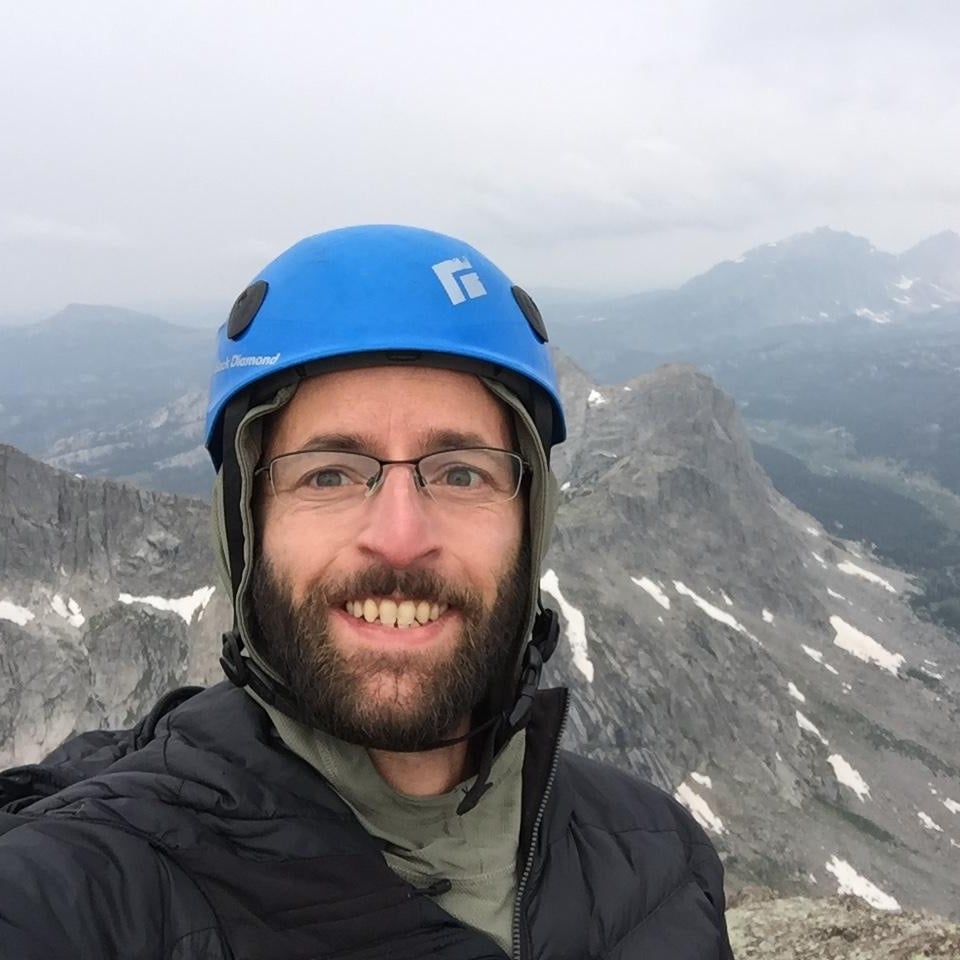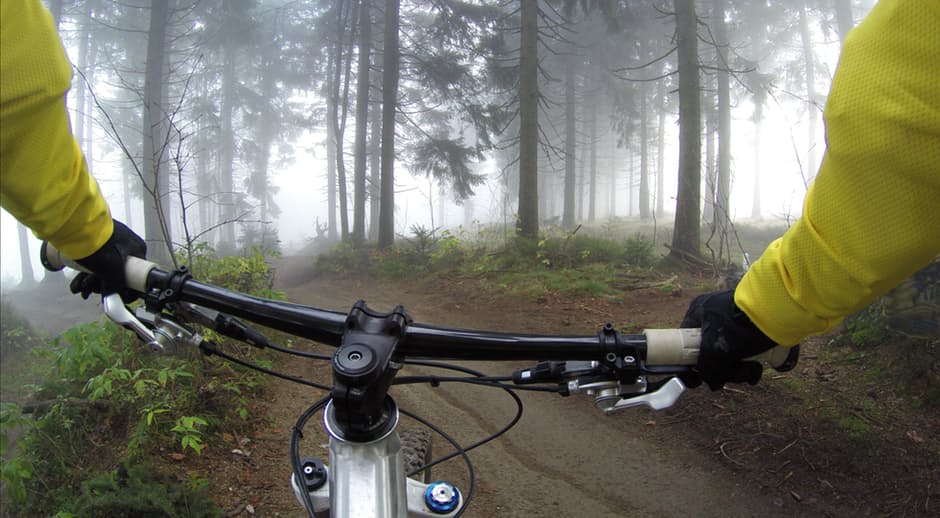
If you have children, you know the highs and lows of family trips in the outdoors.
Your 2-year-old, who is fascinated by the camp stove, manages to burn her finger on the off-but-still-hot Whisperlite. Your teenager complains loudly, and frequently, about discomfort in his knees on a family hike. At camp, your 7-year-old vomits but can’t describe her symptoms beyond “not feeling good.”
Knowing how to identify and manage pediatric medical issues can help your family have a fun adventure in the backcountry.
Here are NOLS’ suggestions for treating kids' injuries and medical problems:
Heat and Cold
Children have more body surface area to mass than adults. In addition, their heads—sources of heat loss—are proportionally larger. Because of this, children experience greater exposure to environmental heat, cold, and sun.
In addition, thermoregulation, the body’s process of maintaining a near-constant internal temperature, is less efficient in children. Children can gain more heat from the environment in hot environments, and can lose it faster in cold weather. They sweat less efficiently than adults. Children may not recognize and respond to overheating or chilling, and dehydrate more easily than adults.
To help your kids with this, you can take a more active role in managing their exposure to the elements, layering their clothing, and hydration.
Bites and Stings
Most snakes, spiders, scorpions, and other venomous creatures deliver the same dose of venom regardless of the victim’s size. Because of that, children can experience greater toxicity because of the ratio of venom per pound of body weight. Prevention is the best way to handle these serious risks. Watch your kids closely; be present when they explore, look, and reach into places.
You can use repellent to prevent less serious bites from flies, mosquitoes, etc., following the manufacturer’s recommendations for kids. The American Academy of Pediatrics suggests choosing repellents with less than 30% DEET (for children older than 2 months), and using them sparingly. Clothing and bug head nets minimize the need for repellent. Keep repellent off of children’s hands to reduce the chance of repellent getting in their eyes and mouths. Always supervise the application on children.
Sun Protection
Clothing is the most effective means of limiting exposure. Hats and eye protection, which are often overlooked for children, help with this.
Sunscreen can also be used with children if you follow the manufacturer's recommendations. You can reduce the need for these products, in both children and adults, by using clothing and hats to protect the skin. If you choose to have your child wear sunscreen, be sure to apply often and re-apply after your child swims.
Flu-like Illness
An average child will have 6-8 flu-like illnesses a year. Here are some things to look for with common symptoms:
- Children’s tighter airway anatomies are more easily obstructed and can lead to more severe respiratory infections. This can result in noisy breathing.
- Fevers in kids are concerning if their temperature is 103°F (39°C) or higher, or if any fever lasts more than one day. Avoid giving aspirin to a child with a fever.
- Kids vomit more often than adults, which is normal; worry when vomiting occurs after head trauma or is accompanied by lethargy and confusion.
- If a child has diarrhea, it could be more serious if accompanied by bloody stools, fever of more than 102°F (38.8C), or dehydration.
Vitals
As part of your initial assessment or ongoing care, taking vitals is how you can measure changes in your child’s condition over time. In general, children have a higher respiratory rate (more breaths per minute) and heart rate (more beats per minute,)than adults, and lower blood pressure.
Typical Vitals for Children
|
Age |
Blood |
Heart Rate |
Respiratory |
|
1yr. |
85/60 |
115-130 |
20-40 |
|
2-6 yrs. |
90/60 |
80-115 |
20-30 |
|
6-10 yrs. |
95/62 |
85-100 |
20-25 |
|
10-18 yrs. |
105/65 |
70-80 |
15-20 |
Shock
Children can develop shock, which often accompanies severe injury or illness, faster than adults. Rather than a gradual drop in systemic defenses, which is how many adult bodies respond, children’s bodies compensate aggressively to maintain blood pressure through vasoconstriction (narrowing of blood vessels, which increases blood pressure), followed by a sudden crash in system functioning.
Watch for apathy, blotchy or discolored skin, rapid heart and respiratory rates, and a warm trunk and cool extremities. These are signs of shock, which requires rapid evacuation.
Musculoskeletal Injuries
When a child injures their muscles, joints, or bones, you can treat these athletic injuries the same as you would an adult's. Kids, especially teenagers, can react to injury with drama, making it hard to evaluate their level of distress.
Any significant tenderness near a joint has to be considered a growth plate injury and seen by a physician. If you suspect a break and the individual can’t use their limb, use standard splinting principles (more details here).
Altitude Illness
Altitude illness seems to have the same incidence in children as in adults, but the diagnosis may be delayed in children too young to describe their symptoms. Any child who becomes unwell at altitude should be assumed to be having altitude illness unless a clear alternative diagnosis is obvious.
The principles of treatment are the same as in adults: don’t continue going uphill until symptoms diminish, acclimatize, administer pain meds as needed for headaches, and monitor for shortness of breath, loss of coordination, and altered mental status.

Learn more about managing medical issues in remote settings with NOLS.
Editor’s Note: As always, it is important to only practice skills and treatments that are within the scope of your medical training. Post updated 3/14/19
Written By
Ben Lerman
Ben is the former NOLS Wilderness Medicine Marketing Coordinator and a Wilderness First Responder graduate. He enjoys rock climbing, backpacking, kayaking, and hopes to someday adventure in the mountains on each of the 7 continents.



